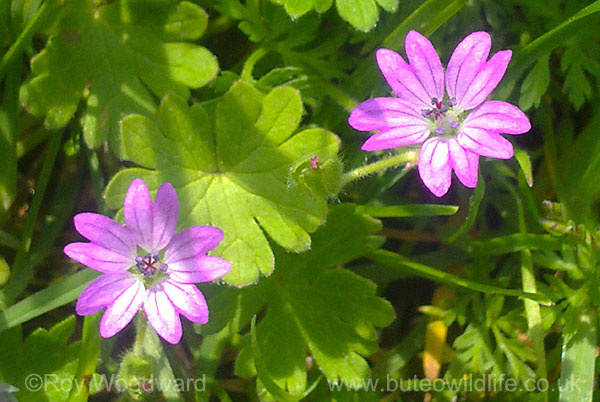Dave and I started the morning at the Chingford reservoirs,
where we carry out a monthly count of the waterbirds present as part of the
Wetland Bird Survey (WeBS), which helps to assess national populations of
wetland species.
It was a glorious sunny day – but this is the type of
weather conditions that aren’t likely to bring the more interesting species
that we might hope for to the reservoir. The good weather meant that visibility
was good, and the water was calm and flat, but poorer conditions, including
rain, are more likely to make passage birds like Black Terns and Little Gulls
drop in as they pass over at this time of year.
We weren’t at all surprised to find that bird-wise the
reservoirs were very quite. With most wintering birds having left, and few
passage species present, we found that the count didn’t take too long at all.
Neither reservoir has any islands, and both are concrete rimmed with bare,
sheep grazed banks, so they aren’t attractive to most breeding species. A few
pairs of Canada Geese do breed each year though, and a pair of Shelduck were
present on the King George V Reservoir, with a new brood of 14 ducklings. Also
of interest were a couple of pairs of Linnets on nearby rough ground, a few
passage Common Sandpipers, Common Blue Damselflies and some flowers that
had escaped being eaten by the sheep.
During the morning we had received news of a Bonaparte’s
Gull, the North American counterpart of the Black-headed Gull, which had been
found on the River Thames not too far away (the second record in the London
Area, with the only previous one in 1983).
It proved elusive during the middle part of the day, after
having been seen at Crossness and Barking Bay in the early and mid
morning, but with three other observers
we found it again in Barking Bay as the tide ebbed late in the afternoon.
It was a 1st summer individual, although it had
yet to start showing any sign of a dark hood. In size and appearance it was
something like a cross between a Black-headed Gull and a Little Gull,
superficially more like a Black-headed Gull, but with a black bill, pink legs,
an indistinct grey wash on the nape, and a different pattern on the wings –
most noticeably the pale underside to the primaries. It’s behaviour and flight
action was more reminiscent of Little Gull, which meant that it could be fairly
easy to pick out from the Black-headed Gulls at times – not always though!
The above, rather poor 'phone-scoped' photo (taken through a telescope with my mobile phone) does show the
Bonapartes Gull, rather than the more numerous Black-headed Gull (honest!).
Better photos were taken by other observers, closer to the bird when it had been seen in the morning, and over the following days. Remarkably
a second Bonaparte’s Gull later joined it!


No comments:
Post a Comment